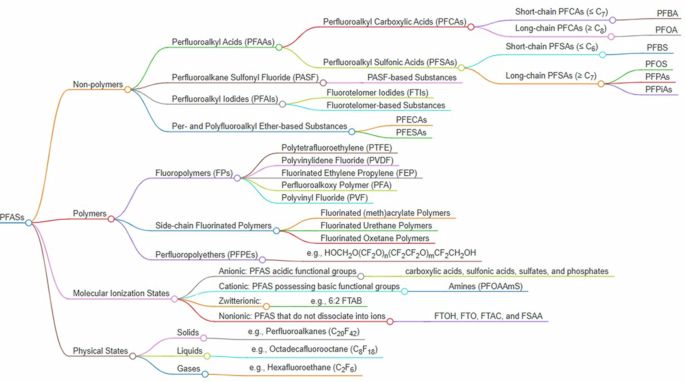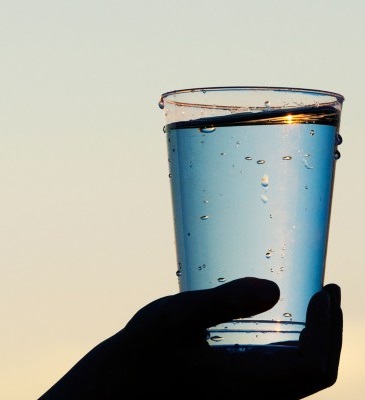非洲水圈单氟烷基和多氟烷基物质污染研究鸟瞰图
IF 11.4
1区 工程技术
Q1 ENGINEERING, CHEMICAL
引用次数: 0
摘要
非洲经济的激增导致全氟烷基和多氟烷基物质的使用增加,造成环境污染。这刺激了监管和研究工作,以减轻这些影响。我们使用数据分析研究了非洲水生生态系统中的PFAS污染,并使用社会经济变量对PFAS浓度进行了建模。与文献一致,城市化、国内生产总值和人口增长推动了PFAS污染。本文章由计算机程序翻译,如有差异,请以英文原文为准。

Bird’s-eye view of per- and polyfluoroalkyl substances pollution research in the African hydrosphere
The surge in Africa’s economy has led to increased use of per- and polyfluoroalkyl substances (PFASs), resulting in environmental pollution. This has spurred regulatory and research efforts to mitigate these impacts. We used data analytics to study PFAS pollution in aquatic ecosystems in Africa and model PFAS concentrations using socio-economic variables. In agreement with literature, urbanization, gross domestic product, and population growth drive PFAS pollution.
求助全文
通过发布文献求助,成功后即可免费获取论文全文。
去求助
来源期刊

npj Clean Water
Environmental Science-Water Science and Technology
CiteScore
15.30
自引率
2.60%
发文量
61
审稿时长
5 weeks
期刊介绍:
npj Clean Water publishes high-quality papers that report cutting-edge science, technology, applications, policies, and societal issues contributing to a more sustainable supply of clean water. The journal's publications may also support and accelerate the achievement of Sustainable Development Goal 6, which focuses on clean water and sanitation.
 求助内容:
求助内容: 应助结果提醒方式:
应助结果提醒方式:


